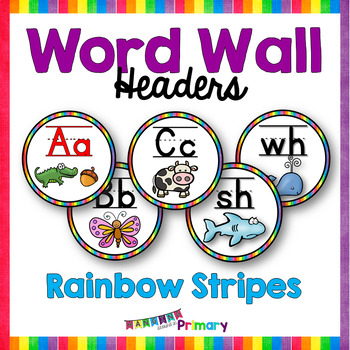

After you have laminated the names and pictures, you can cut them out leaving a border around the edges.


If you have both an AM and a PM class you may want to mount each class on a different color to differentiate between the two. Mount the names and student pictures on construction paper. Make sure you type the first letter of each student’s name in red. Print each child’s name on your computer in large point type I recommend the Comic Sans font.Crop each child’s picture to show just the head, print, then cut out. Take a picture of each student using a smartphone, you can use a regular camera but digital photos are easier to crop and resize.Once your background is up you can and add the alphabet. When choosing a background make sure it is a solid color so it doesn’t detract from the words on the wall.
#WORDWALL ALPHABETH LETTERS WITH PICS CODE#
Always check your fire code before putting up a background for your word wall, some cities do not allow two layers of paper or fabric on the wall.

In the beginning of the year, a word wall can have student’s pictures and names under each letter on the wall. What does a word wall look like at the beginning of the school year? Add print to your word wall during specific literacy or word wall lessons with the students present and actively participating in the placement of the words. Incorporate visual, auditory and kinesthetic means of practicing the words. It is important to interact with the word wall on a daily basis. A word wall changes throughout the year as the students learn and grow.The font of the names and words on the word wall are large enough to be easily read from across the room.Each letter of the alphabet has a corresponding picture that is easily identified by the students.The alphabet is displayed horizontally across the wall at student eye level.Some people prefer to call it a “name wall” at the pre-k level or an “alphabet wall”, both of which are also acceptable. When used as a tool to support instruction, word walls can be very fun and effective learning tools in the Pre-K or Kindergarten classroom. Word walls are a required component in many early childhood programs. It can help students learn the alphabet, letter sounds, the first letter in their name, names of classmates, the sequence of the alphabet, and even sight words. Word walls can be used to display an organized collection of names, theme words, or sight words in a highly visible place in the classroom.īut don’t worry, word walls in the early childhood classroom are used differently than they are in classrooms of older children.Ī word wall is used as a tool to support emergent literacy instruction. A word wall is an important part of any emergent literacy program.


 0 kommentar(er)
0 kommentar(er)
